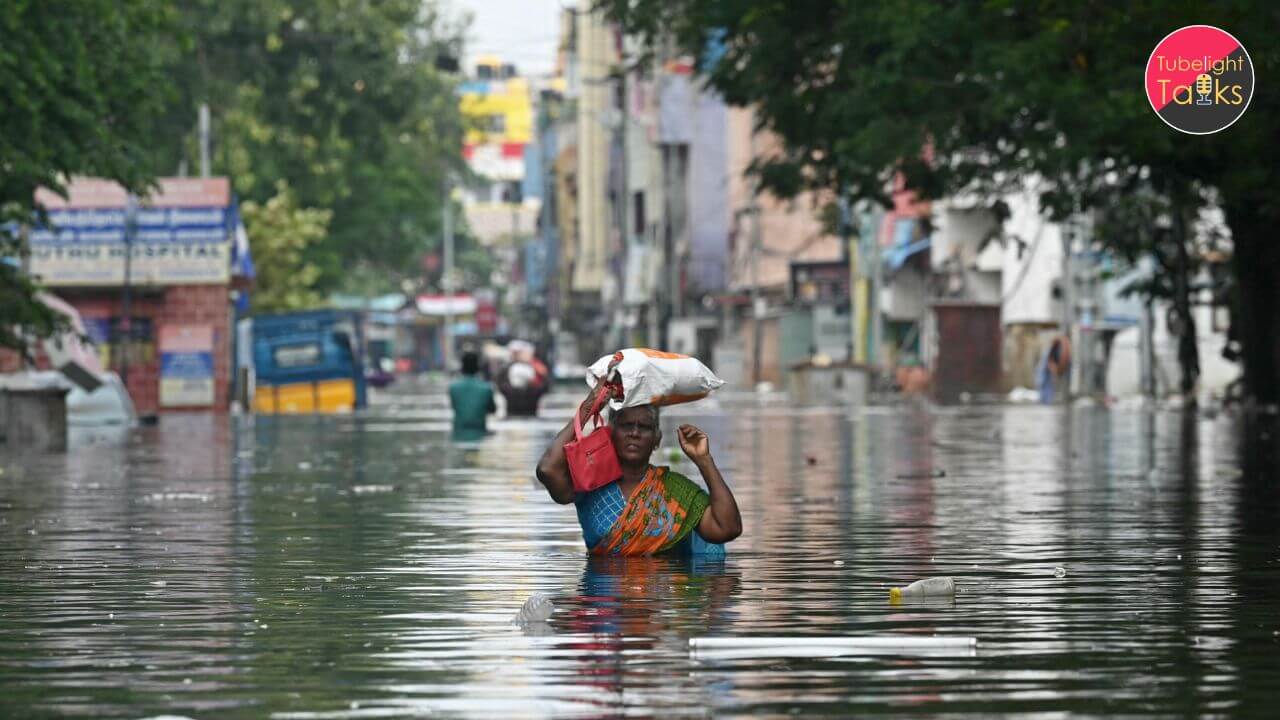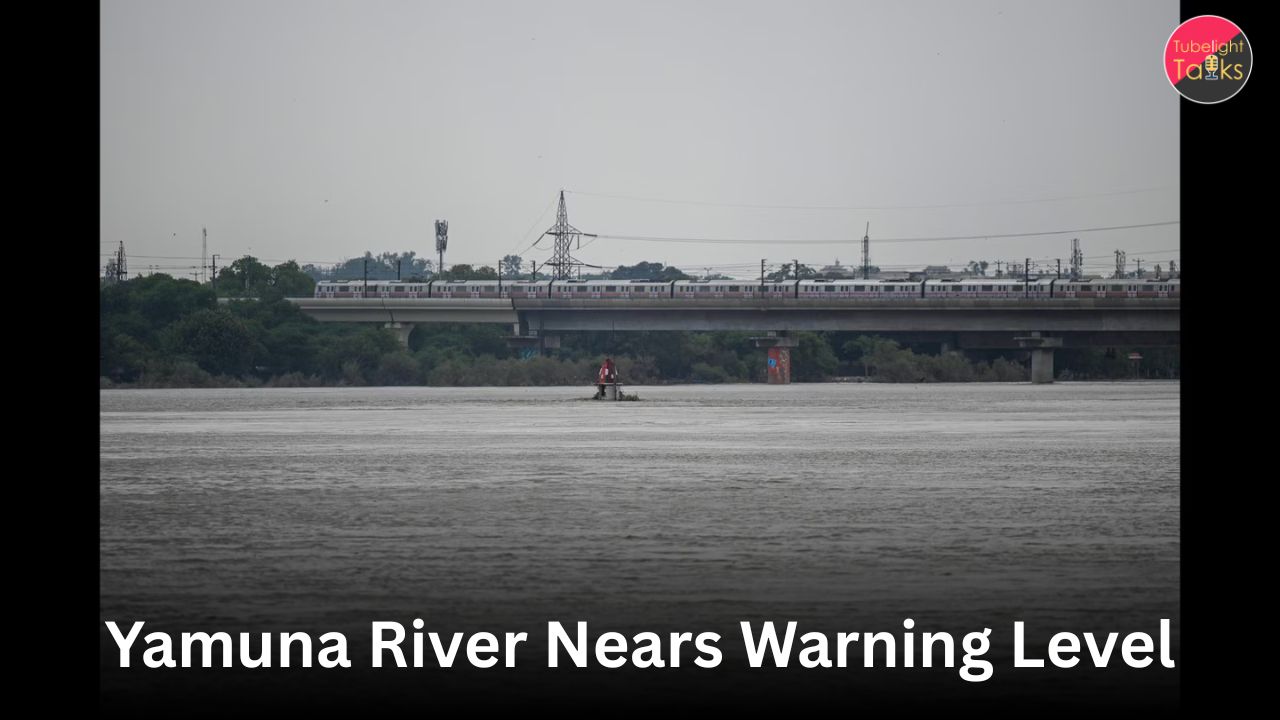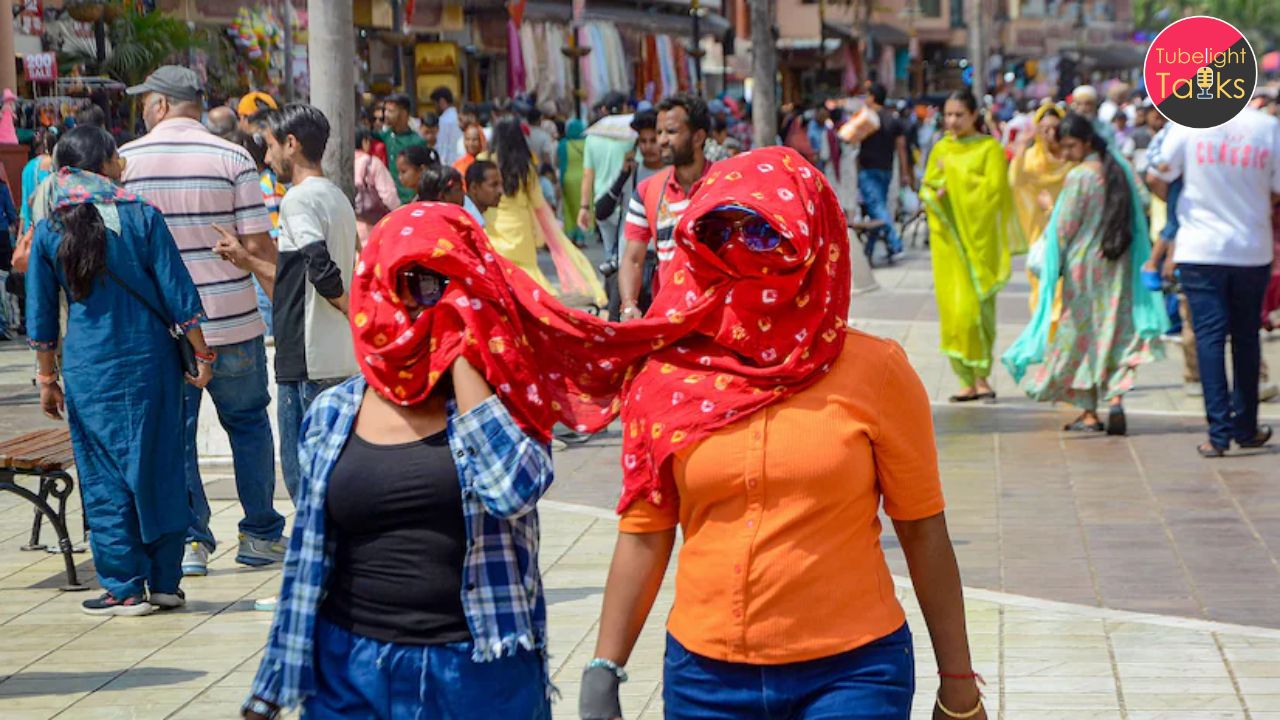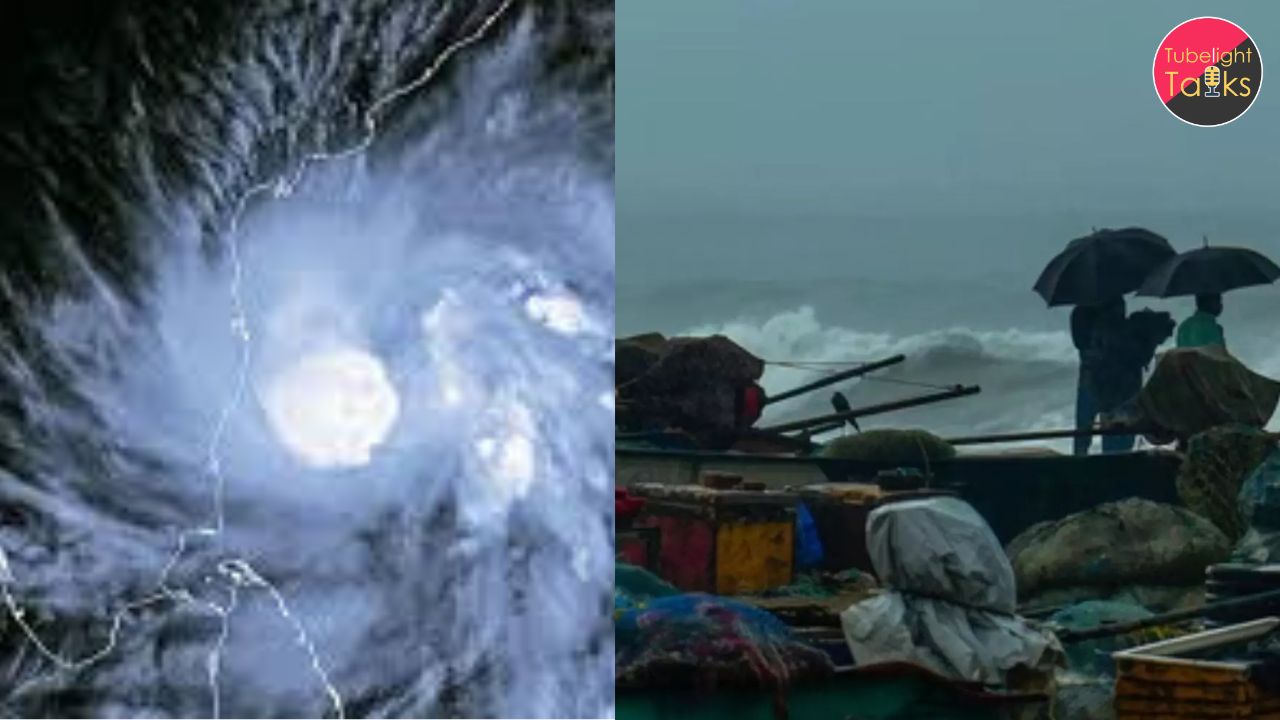Evidently, the southern states of India particularly Telangana and Andhra Pradesh are struggling with the massive down pour that has flooded most parts. The IMD has sounded a yellow alert for four districts in Telangana, with moderate to heavy intensity rainfall and an orange colour for two districts along with Andhra Pradesh predicting intense rainfall in the subsequent days. So far there is no hint of let up and the authorities are preparing for further deterioration and are advising the public to take all precautions.
Key Highlights
- Massive rainfall has caused severe flooding in Telangana and Andhra Pradesh, with widespread damage to infrastructure, including roads, bridges, homes, and businesses.
- Power blackouts and water shortages have affected many regions, further disrupting daily life.
- Schools and colleges in the affected areas have closed, adding further challenges to the educational sector still recovering from the pandemic.
- Disaster response teams, including NDRF and SDRF, are evacuating people from flood-prone areas to temporary shelters, providing food, water, and medical attention.
- Volunteers and NGOs are offering additional aid, though the rising number of evacuees has strained the availability of basic necessities.
- Military resources, helicopters, and other operational tools are being used to locate and rescue stranded individuals.
- State and central governments have announced financial aid packages for displaced families, with compensation offered to those who lost homes, household items, or loved ones.
- Temporary bridges, drainage systems, and mobile medical units are being deployed to restore essential services and assist people in hard-to-reach areas.
- Amidst the chaos, worship of God Kabir Sahib Ji, can provide comfort, emphasizing the role of faith in offering protection and hope during life’s hardships.
Widespread Damage to Infrastructure and Daily Life
The kind of rainfall that continues to be witnessed has caused havoc on infrastructural development in the two states through cases of flooding. This has led to sudden disappearance, partial or complete, of some strategic roads and highways; some bridges have given away or been irreparably damaged; many homes and some business premises have been flooded. There have been cases whereby many regions have been in darkness due to power blackouts, and there has also been water shortages in some places. Road, rail and air transport has been affected in many areas with rail operations suspended and flights delayed or canceled as a result of the unfavourable weather.
Due to the current floods, many schools and colleges located in the affected regions have been closed down and this has a very negative impact in the educational sector. The present natural disaster has presented many institutions that started to recover from the effects of the pandemic to new problems. This has left parents seeking other options where they can leave their children with, for care and students only to be left in further confusion in regarding their education.
Amid attempts to Evacuate and Offer Aid
Local authorities together with the disaster response teams have been on the frontline conducting evacuations of people from flood prone areas and low lying regions. The affected individuals have had to be evacuated into church and mosque run shelters, schools, clubs, camps and government departments. These shelters have been offering some of the emergency needs like; food, water and even medical attention to the affected victims of floods. However, availability of the basic needs is a problem due to the increase in the number of people who are being evacuated.
Local people and other groups including volunteers, local organizations and non-governmental organizations (NGOs) have also contributed towards the provision of food, water, cloths and other basic needs in the affected areas. There are private medical teams who are ready to deal with any injuries and to contain diseases that tend to breakout among which are water born diseases which have become rampant once sanitation facilities are compromised.
Death and Missing Persons.
The recent downpour has been very devastating leading to the loss of lives, with the death toll estimated to be 35 in Telangana and Andhra Pradesh. The toll is expected increase further with many people still trapped in the disaster areas which are difficult to access. There are still many missing people, and the heavy rain as well as the complicated topography is making it hard for search and rescue to be conducted.
Efforts are being made by NDRF, SDRF and local police who are continuing the search and rescue operations of the people who are still trapped. Ships, helicopters and many other operational devices are being employed with an aim of accessing those who are stuck in their houses, cars among other places which are underwater. Also, military facilities have been used to identify some of the worst stricken regions the help to search lost people.
Measures of Governments, Relief and Recovery
Minister of state for civil aviation and Home minister have also declared other packages for flood victims by state and central government. Money is being given to families that have been displaced for homes and those families that lost their household items, and cash compensation is being offered to the families that lost their loved ones. While there is no news on what has been done either for reconstruction, or for financing the restoration of damaged buildings and service facilities, funds have been provided for the restoration of electricity supply, water supply, and communication lines.
They are also working on removal of debris to open the way for delivering the necessary supplies with an intention to avoid loss of time. Temporary bridges are being set in place, and drains to get rid of the water are being opened to avert deeper waterlogging of the areas. Also, there is the use of mobile medical units in the door-to-door service or to remote areas as a way of reaching out to people who cannot get to health facilities.
Medical Advice Regarding the Current Climate and the Possible Measures to Be Taken in the Future
The IMD has said that more heavy rainfall will be observed over the next few days, and situation is expected to deteriorate. The two colors, yellow and orange, as we see thus are a wakeup call to residents that there are always possibilities that these disasters may happen and take all necessary measures to protect themselves and loved ones.The residents of the extended risky areas have been encouraged to seek shelter and avoid going outside as much as achievable.
Local leaders are also calling on people to listen only from duly appointed sources to prevent the spread of fake news that may spark fear. They are stressing on the need to be aware and in this case the awareness should be gained from authoritative sources like the government’s website or weather channel and emergency alarms.
Calls for Long-Term Solutions
During this period many stakeholders are asking questions on what needs to be done to prevent such calamities from having same effects in future. The recent floods therefore call for enhanced urban planning, sound drainage systems and increased compliance to the building codes that would see new developments undergo strict testing to ensure they are flood resistant. There is also an increased need for investing in the early alerts and also better coordination of the governmental structures for improving the disaster management.
The Divine Touch in Times of Tribulation
The relentless downpour in Telangana and Andhra Pradesh has inflicted immense suffering, claiming lives and destroying property. As the situation worsens, rescue teams are working tirelessly to provide relief and save lives.
Amidst this chaos, spirituality emerges as a beacon of hope. In times of crisis, Almighty God can offer comfort, strength, and a sense of purpose.
God Kabir Sahib Ji, whose teachings emphasize the importance of true way of worship.Through faith and devotion, one can attain spiritual liberation and divine protection from all life’s problem.
As we witness the devastating impact of the floods, let us remember the power of spirituality to uplift and sustain us in times of hardship.
Frequently Asked Questions (FAQs)
Q1: Which geographical areas in South India are MOST affected by floods?.
The states of Telangana and Andhra Pradesh are most affected, reported flood in several districts many places. The IMD has have issued yellow messages for four districts in Telangana and orange messages for two districts in Andhra Pradesh suggesting that more heavy rainfall is advisably.
Q2: What is the total number of people affected by flood?
At present, for example, more than 35 people of the two states of Telangana and Andhra Pradesh are confirmed to be killed with many others still unaccounted for. Some communities have been affected and many families the major part of which has been evacuated from flooded zones.
Q3; What measures are being undertaken by the government to support those people affected by flood?
Minister of Social Services has highlighted that government will avails financial assistance and food for displaced families as well as make available shelters to accommodate the affected families in the short term. Financial relief has been provided for the purpose of rebuilding infrastructure and public utilities including power lines and water and communication networks. Some of the available resources include rescue teams that are also searching for the missing people with medical help.
Q4: What measures should I observe during the ONgoing floods?
Stay tuned to local authorities, do not venture into flooded areas, if you are indoors, remain there and if you are in a flooded area move to a higher grounds. Maintain sufficient supplies and be prepared in case of an emergency, listen only to credible sources and do not share or trust rumors.
Q5: What future preventive measures are being taken for future flood?
People even with these natural disasters that have been experienced experts are suggesting better ways of laying down urban planning better draining system and certain rules and regulations that can make new constructions better balloon to cope with certain extreme weathers that are being experienced. They also want more spending on early warning systems as well as improved cooperation between federal agencies to improve disaster response and prevention.










